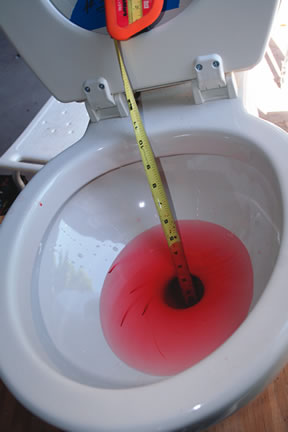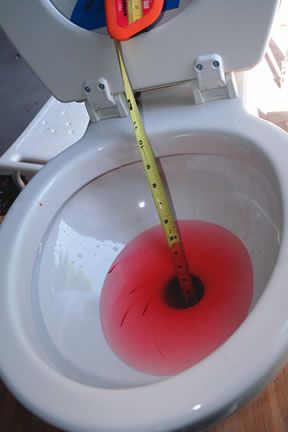
Practical Sailor could not do an onboard, real-life, long-term test and evaluation of so many different toilets. This was a controlled bench test. We compared size, weight, price, style, warranty, features, and functions. We reviewed packing, instructions, documentation, what parts were included, construction and ruggedness of materials, ease of installation, and installation options.

For performance comparison, we hooked up the pumps to a 12-volt battery, installed the proper hoses for water intake and waste discharge, evaluated ease of electrical and plumbing hookup, noted maintenance issues, and compared functions. We tested for amp draw, noise level during flush, and ease of use. We mixed up equal batches of “faux poo,” which comprised a banana, 4 feet of West Marine tissue paper, and 1 cup of dyed water. We evaluated the amount, speed, and efficiency of rinse water input and waste discharge.
Some of the units required pressurized water for filling and rinsing. Many of these types of toilets also came with a pump on the inlet side to deliver the required pressure. Some, however, did not. For these units, we hooked up a standard 3/4-inch garden hose with 48 pounds per square inch of pressure. Theoretically, the few toilets that used the garden hose had the advantage of a higher water pressure during fill and rinse cycles, but ultimately, testers did not notice any significant performance advantage in those units that used the garden hose over those that used their own in-line inlet pumps.




































